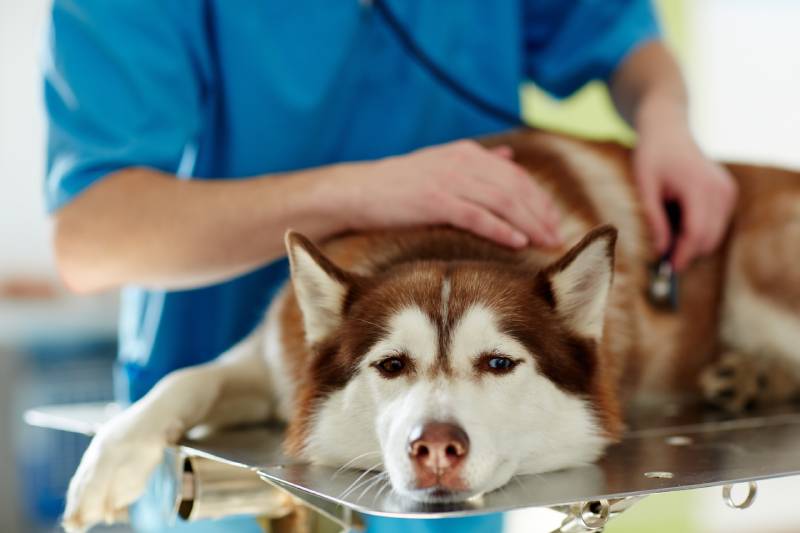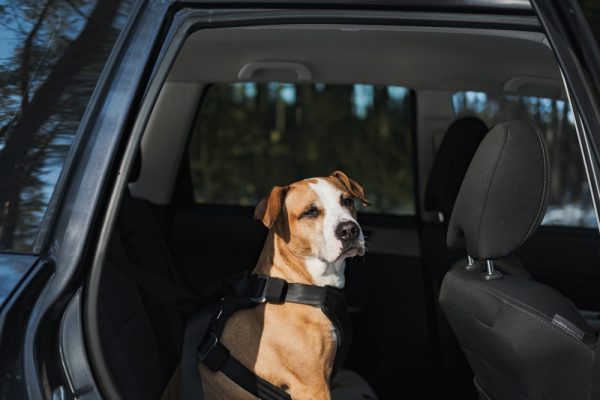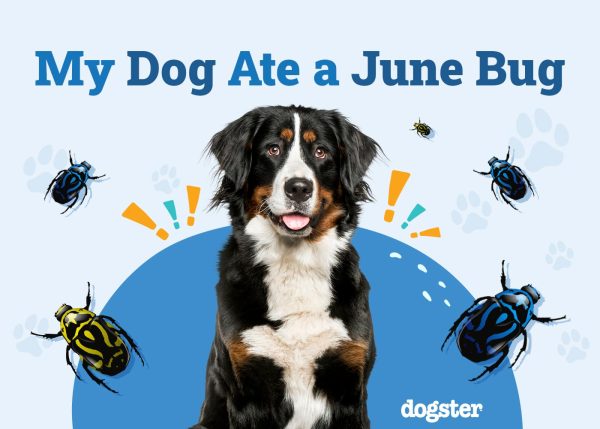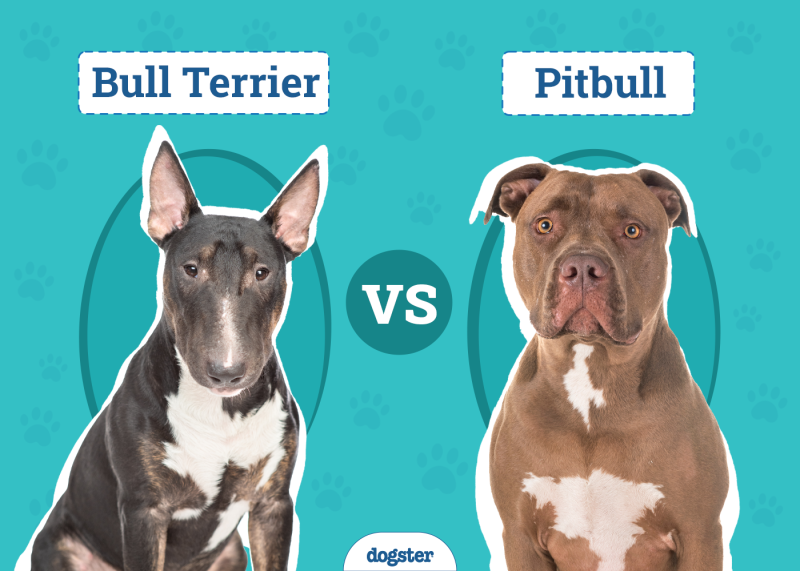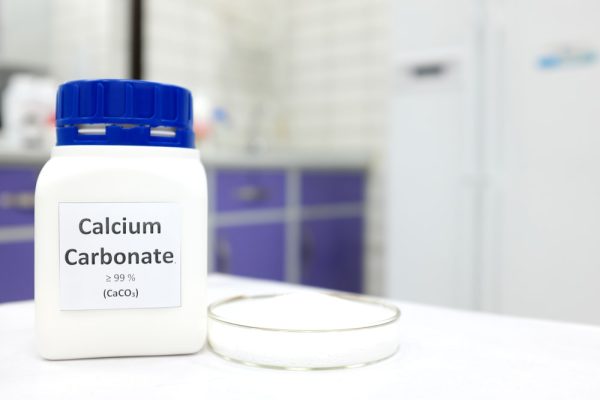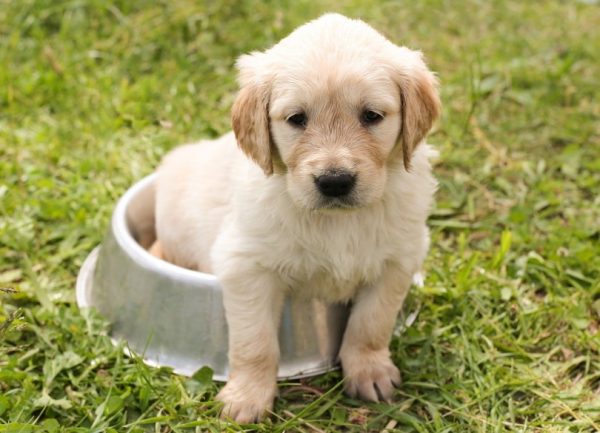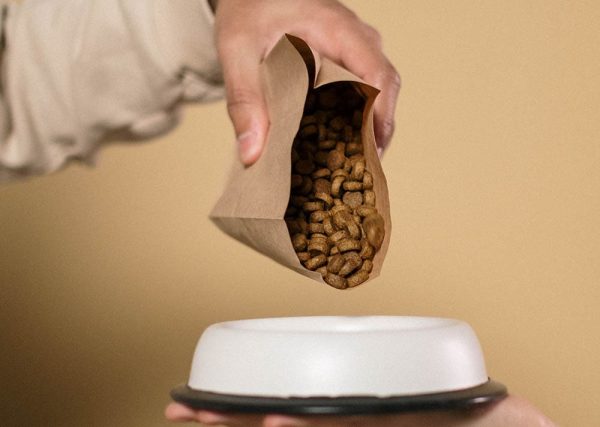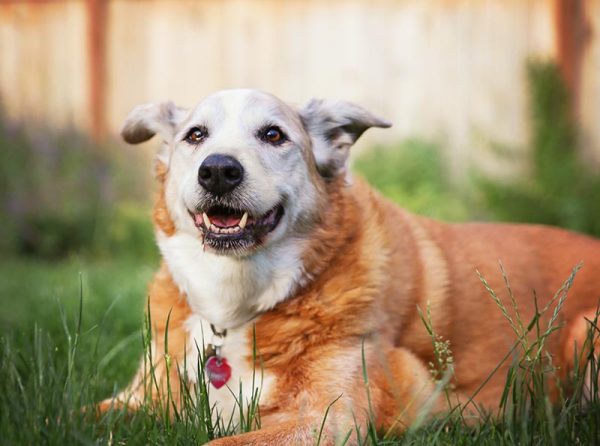In this article
Lead poisoning, also known as plumbism, is a severe condition that may occur when your dog comes into contact with a substance containing lead. Though modern society knows that lead is a serious problem, it wasn’t that long ago that it was used in gasoline, paint, and piping. So, while lead may not be used much nowadays, it is still present today because of its once prevalent use in society. Keep reading to learn everything you need to know about lead poisoning in dogs, including what causes it, how to treat it, and the prognosis.

What Is Lead Poisoning?
Lead toxicity may occur when your dog eats or inhales heavy metal lead. It was once touted as a miracle metal as it could easily be adapted to most commercial purposes. As you will find out later in our blog, society used lead for many applications, from paint to flooring to plumbing system pipes.
Lead poisoning can affect dogs through sudden (acute) and long-term (chronic) exposure to the metal. It damages cells and ultimately affects your dog’s ability to complete normal biological processes. The absorbed lead will enter your dog’s bloodstream and soft tissues before being redistributed to its bones. The amount of lead your dog absorbs and retains will depend on dietary factors such as the amount of calcium or iron levels. Lead poisoning is a life-threatening condition that needs to be addressed as soon as possible.
If you’re concerned about your pet’s well-being, we recommend consulting a veterinarian.
If you need to speak with a vet but can't get to one, head over to PangoVet. It's our online service where you can talk to a vet online and get the advice you need for your pet — all at an affordable price!
What Are the Causes of Lead Poisoning?
Lead poisoning occurs when your dog eats or inhales substances that contain lead. Unfortunately, there are a lot of hidden dangers present in our homes, especially if you live in an older home.
Paint
If your home was built before 1978, it was likely painted with lead-based paint. The U.S. government banned lead paint that year as it was shown to cause neurological problems and was even to blame for deaths in children.
Many homes still have this type of paint, though it is underneath many layers of newer, non-lead paint. You shouldn’t have to worry if the paint is in good shape. However, it becomes a problem if the lead-based paint begins deteriorating (e.g., chipping or peeling). A certified inspector can come to your home to measure the paint lead levels.

Water
Your home’s plumbing system may also contain lead. In fact, some estimates suggest that almost 13 million pipes throughout all 50 U.S. states may have lead service lines (the pipes that connect your home to the water main).
Between 1900 and 1950, many of the United States’ biggest cities installed lead water pipes as they were believed to be more durable. As it turns out, they were right about the longevity as the lead pipe legacy still lives on across America.
Lead pipes are also more common in older cities and homes built before 1986.
As you can imagine, homes with lead piping or those connected to lead service lines can have lead-contaminated water. If you drink this water yourself or serve it to your pets, you’re putting everyone in your home at risk of lead poisoning.
Flooring
Many older homes have sheets of old linoleum flooring covering their floors. Unfortunately, these sheets often contain lead and can become dangerous if your dog starts chewing on them as they begin peeling with age.
Lead acetate was used as a drying agent for use as wood finishes. If you live in an older home with real hardwood flooring, you need to find out if lead was used in the finish before tackling a DIY project such as refinishing the floors.

Gasoline
In the 1920s, General Motors researchers found that when they added tetraethyl lead to gasoline, it could improve the vehicle’s engine performance. As a result, it became the primary fuel type produced and sold in the U.S. until the mid-70s.
Leaded gasoline is no longer sold for cars and trucks, but you can still find it for off-road vehicles, race cars, marine engines, and farm equipment. If you have leaded gas on your property, your dog may be at risk of inhaling the dangerous fumes.
Bullets
Lead bullets are another potential source of poisoning. For example, if your hunting dog eats a carcass shot with a lead bullet, poisoning is possible.
Other Sources
It would take us all day to list all the other household lead sources. Laws were put into place in the late 70s and 80s when we were just discovering the dangers of lead, so if you live in a newer home, there is less of a chance of exposure.
It’s still important to recognize other common household sources of lead.
- Rug padding
- Dishes made before 1977
- Roofing materials
- Car batteries
- Lead foil
- Golf balls
- Jewelry
- Plastic toys
- Metal toys
- Fishing sinkers
- Cast iron pans


Where Are the Signs of Lead Poisoning?
Lead poisoning symptoms in dogs primarily relate to the gastrointestinal tract and the central nervous system. In cases of chronic and low levels of lead exposure, your dog is more likely to show symptoms relating to the GI tract. Central nervous system symptoms are more likely to manifest in acute exposure in young animals.
The severity of the symptoms can depend on the level of exposure.
- Vomiting
- Diarrhea
- Lethargy
- Abdominal pain
- Inappetence
- Regurgitation
- Weakness
- Incoordination
- Tremors
- Seizures
- Jaw champing
- Shortness of breath
- Anxiety
- Aggression
- Increased thirst or urination
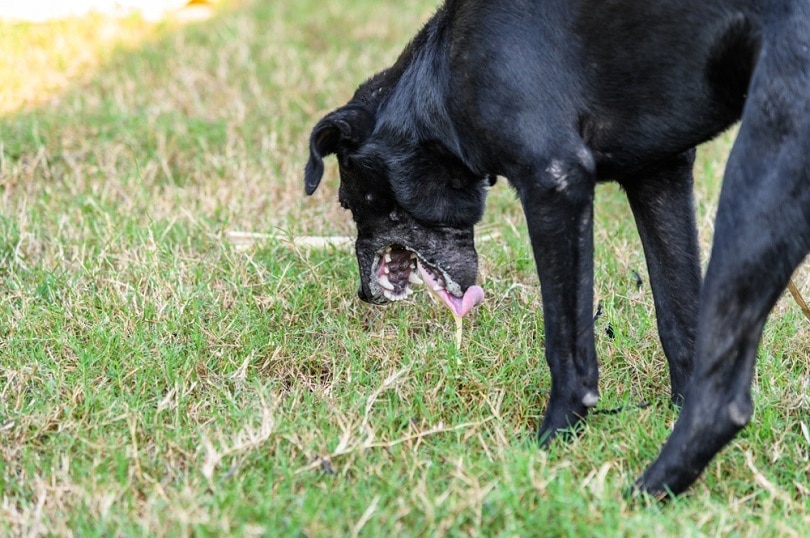
What Are the Potential Dangers of Lead Poisoning?
Lead poisoning is a potentially life-threatening condition that requires immediate care. Lead toxicity can cause low red blood cell count, uncomfortable gastrointestinal side effects, and seizures. In addition, it can lead to blindness and hysteria. Lead toxicity can also suppress your dog’s immune system, making them more susceptible to dangerous infections and illnesses.
Some dogs may experience an enlargement of the esophagus (megaesophagus), affecting their ability to move food to the stomach. This can lead to regurgitation and aspiration pneumonia.
With chronic (long-term) lead exposure, lead can become deposited in the tissues of your dog’s liver and kidneys as well as in their bones. If lead is in the bones, it can stay there despite treatment.
If your dog is pregnant, lead can cross the placenta into the baby and will also be excreted through the mother’s milk.

Frequently Asked Questions (FAQs)
What is the treatment for lead poisoning in dogs?
The treatment for lead toxicity will depend on how much was ingested and the clinical signs your dog is showing.
Your vet may try to induce vomiting to remove the lead or provide chelating medication to bind the metal and prevent further toxicity. In addition, your dog may need to undergo IV fluid therapy to prevent dehydration.
Gastric lavage may be necessary to remove remaining lead from the stomach and intestines.
Your vet will administer medications on an as-needed basis. For example, if your dog is having seizures, it may require an anticonvulsant. If your dog ingested enough paint to get ethylene glycol poisoning, your vet can administer fomepizole to prevent kidney damage.
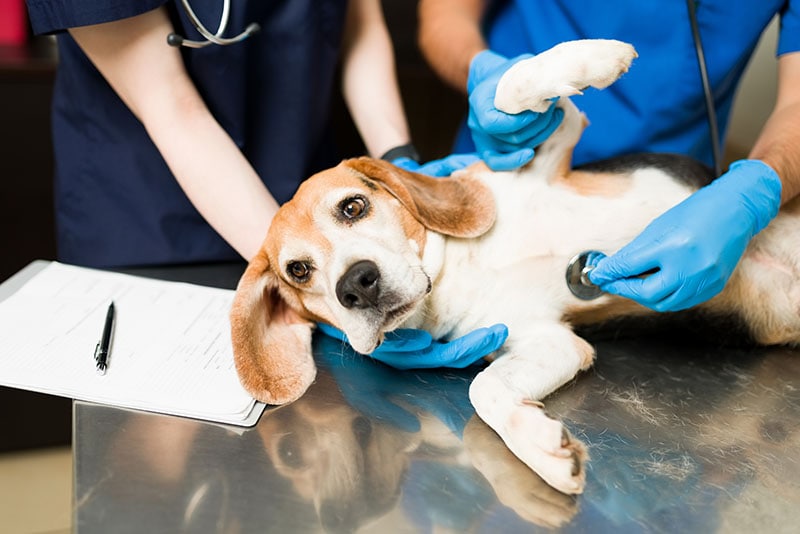
What is the prognosis for lead poisoning?
Your dog’s prognosis will depend entirely on the severity of its symptoms as well as how long the symptoms were present.
Most dogs will recover between 24 and 48 hours after treatment. Most dogs will not continue displaying neurological signs after they’ve recovered.
How will my vet determine if my dog has lead poisoning?
Your vet will want to hear your dog’s complete medical history and perform a variety of examinations. A physical exam and laboratory testing will be necessary to determine the valuable information needed for a diagnosis. For example, your vet may recommend thoracic and abdominal radiographs to see if there are lead objects in your dog’s stomach.

Conclusion
Lead poisoning is not a thing of the past. It is a very real condition that can have devastating consequences if not treated in time. The only way to avoid lead poisoning is to be proactive and know what risks are on or around your property. We hope our blog has taught you some things about lead, where it is most commonly found, and what you need to be on the lookout for if you live in an older home.
See also:
- Can a Dog Get Mercury Poisoning? Symptoms & What to Do
- Carbon Monoxide Poisoning in Dogs: Our Vet Explains Signs, Causes & Treatment
Featured Image Credit: Pressmaster, Shutterstock
